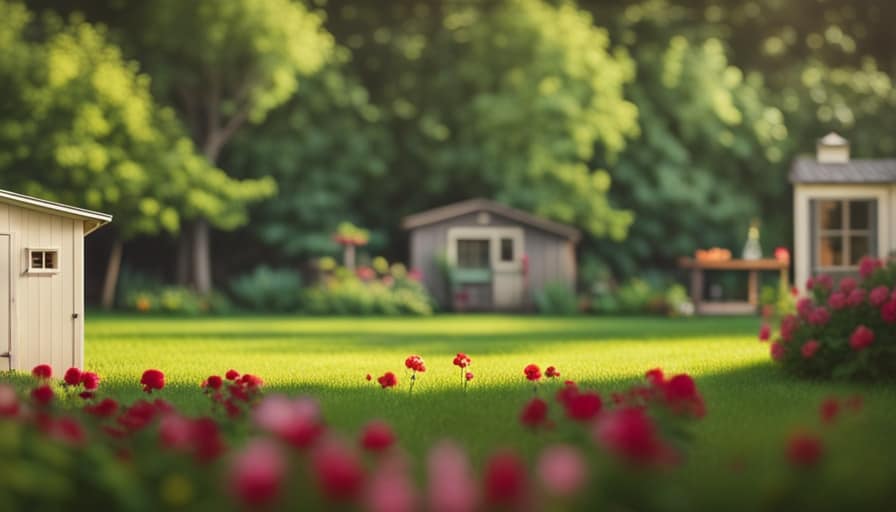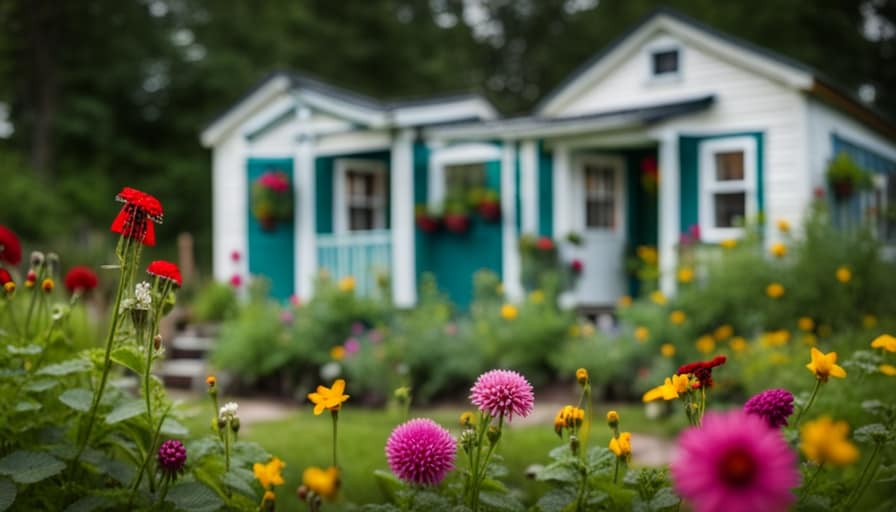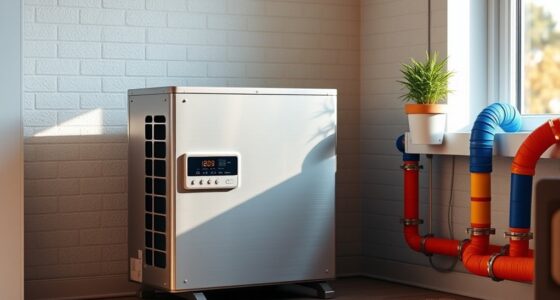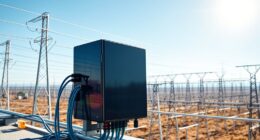I am here to assist you as you embark on the journey to owning a remarkable Tesla Tiny House.
Let’s dive into the steps that will lead you to your dream home on wheels.
From researching the Tesla Tiny House and exploring financing options, to contacting Tesla for purchase details and customizing your space, we’ll cover it all.
Together, we’ll finalize the purchase and delivery process, ensuring your smooth transition into the world of sustainable living.
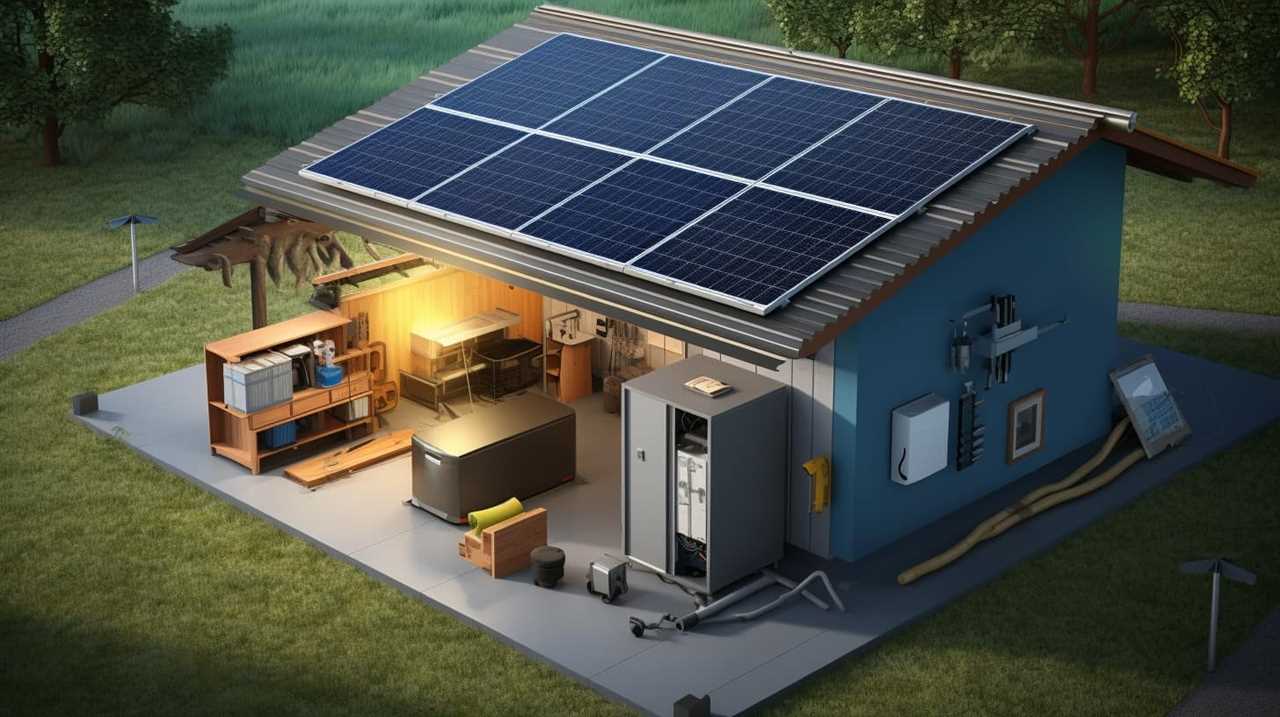
Let’s make your Tesla Tiny House dream a reality.
Key Takeaways
- Research and explore the features and specifications of the Tesla Tiny House
- Explore financing options including loan programs and in-house financing
- Contact Tesla for purchase details and warranty information
- Customize the tiny house to personal style and values
Researching the Tesla Tiny House
I’ll start by researching the Tesla Tiny House online to learn more about its features and specifications. The Tesla Tiny House is a unique and innovative concept that combines sustainable living with modern technology.
One of the key features of the Tesla Tiny House is its energy-efficient design, which includes solar panels and a Tesla Powerwall for storing and using solar energy.
The interior design of the Tesla Tiny House is sleek and modern, with a minimalistic approach that maximizes space and functionality. It offers a comfortable living space with all the necessary amenities, including a kitchen, bathroom, and sleeping area.

By exploring the Tesla Tiny House online, I can gather more information about its features and interior design, which will help me make an informed decision about purchasing one.
Now, let’s move on to exploring financing options for buying a Tesla Tiny House.
Exploring Financing Options
To explore financing options for buying a Tesla Tiny House, I’ll start by researching loan programs and payment plans that are available. When considering financing options, it’s important to understand the loan process and the different terms and conditions that may apply.
Here are some key factors to consider:
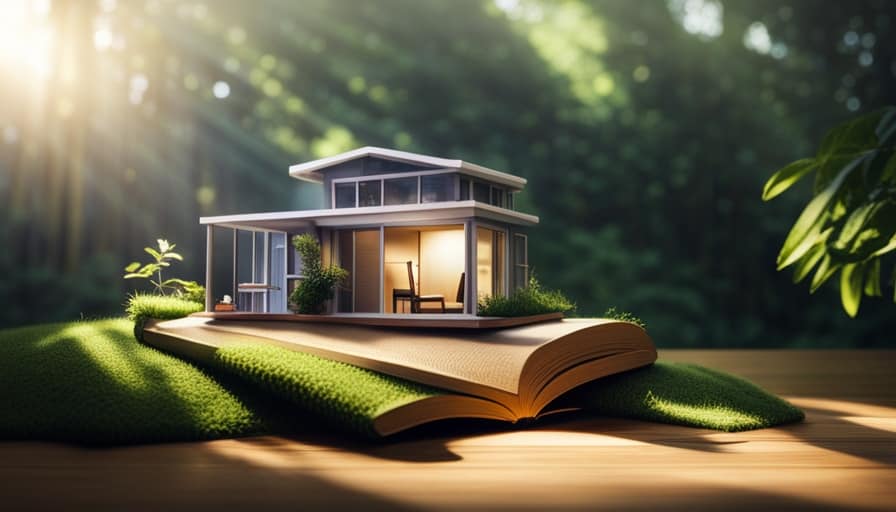
-
Loan programs: Research various financial institutions that offer loans specifically for tiny house purchases. Look for options that have competitive interest rates and flexible repayment terms.
-
Payment plans: Some sellers may offer in-house financing options or installment plans. These can be convenient if you prefer to work directly with the seller and avoid the traditional loan process.
By understanding the financing options available, you can make a well-informed decision that suits your financial situation.
Now, let’s move on to contacting Tesla for purchase details.
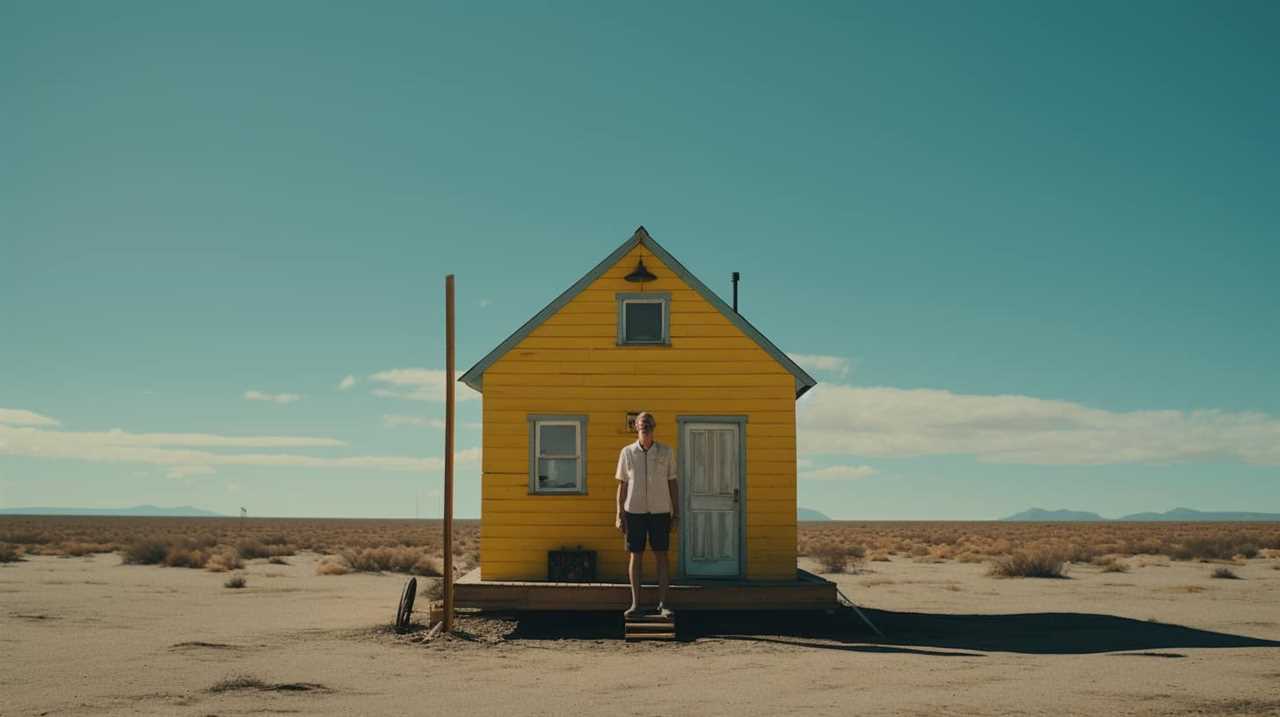
Contacting Tesla for Purchase Details
I contacted Tesla’s customer service to inquire about the purchase details of the Tesla Tiny House. The customer support representative was very friendly and knowledgeable. They provided me with all the information I needed to make an informed decision.
They explained that the Tesla Tiny House is available for purchase through the Tesla website. The price of the tiny house includes installation and delivery. They also informed me about the warranty information for the tiny house. The Tesla Tiny House comes with a warranty that covers any manufacturing defects for a specified period of time.
The customer support representative assured me that if I had any further questions or needed assistance with the purchasing process, I could reach out to them at any time.
Customizing Your Tesla Tiny House
After purchasing a Tesla Tiny House, customizing it to fit my specific needs and preferences was an exciting part of the process.
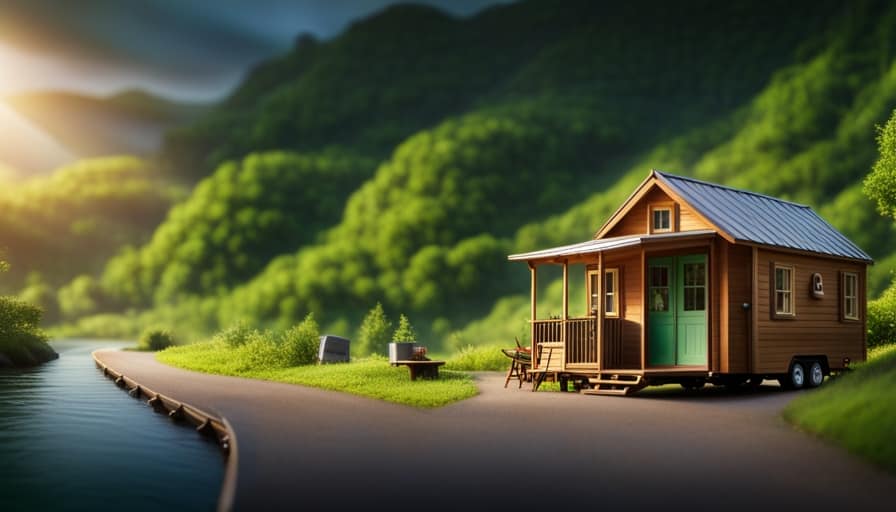
Tesla offers a range of customization options for their tiny houses, allowing you to create a space that reflects your personal style and values. When it comes to tiny house design, Tesla provides various layouts and floor plans to choose from, ensuring that you can maximize functionality and optimize space utilization.
Additionally, Tesla’s commitment to sustainability is evident in the eco-friendly features they offer. From solar panels and energy-efficient appliances to water-saving fixtures and smart home technology, you can customize your Tesla Tiny House to be environmentally friendly and reduce your carbon footprint.
With these options, you can create a personalized and sustainable living space that aligns with your values.
Finalizing the Purchase and Delivery Process
During the finalizing of the purchase and delivery process, I was able to coordinate with the Tesla team to ensure a smooth and seamless transition of my new tiny house. Scheduling the delivery of the Tesla Tiny House was a straightforward process. I provided my preferred dates and time slots, and the Tesla team worked diligently to accommodate my schedule. They kept me informed every step of the way, providing updates on the progress and estimated arrival time.
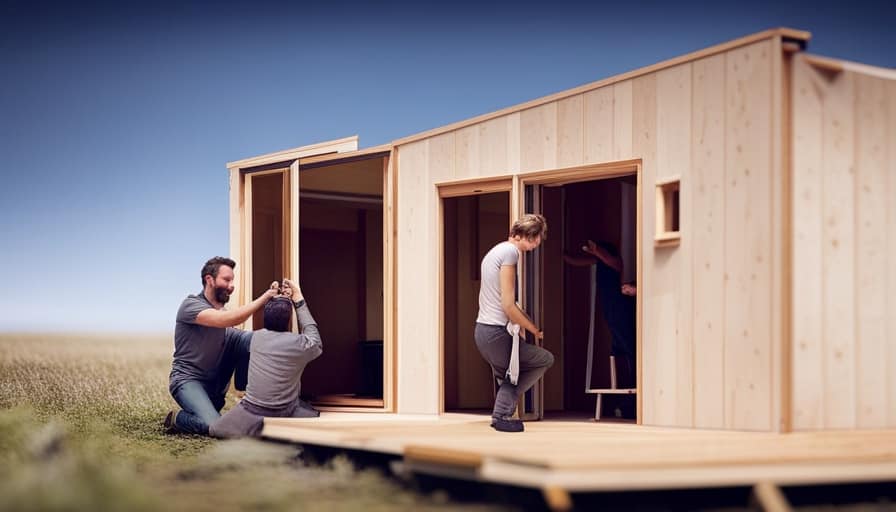
Understanding the warranty and after-sales support for my Tesla Tiny House was also essential. The Tesla team explained the warranty coverage in detail, addressing any concerns or questions I had. They assured me that they’re committed to providing exceptional after-sales support, ensuring that I’ve a reliable and enjoyable experience with my new tiny house.
Frequently Asked Questions
Can I Use Solar Power to Run My Tesla Tiny House?
Yes, you can use solar power to run your Tesla Tiny House. Solar power is a highly efficient and sustainable alternative energy source that can provide electricity to power your home.
Is the Tesla Tiny House Built With Sustainable Materials?
The Tesla Tiny House is constructed using sustainable and eco-friendly materials. It’s designed to minimize its environmental impact while providing a comfortable and efficient living space.
Can I Tow the Tesla Tiny House With Any Vehicle?
I can tow the Tesla Tiny House with certain vehicles, but there are towing capacity limitations to consider. Tesla provides sustainable towing options, ensuring that the house can be transported with minimal environmental impact.
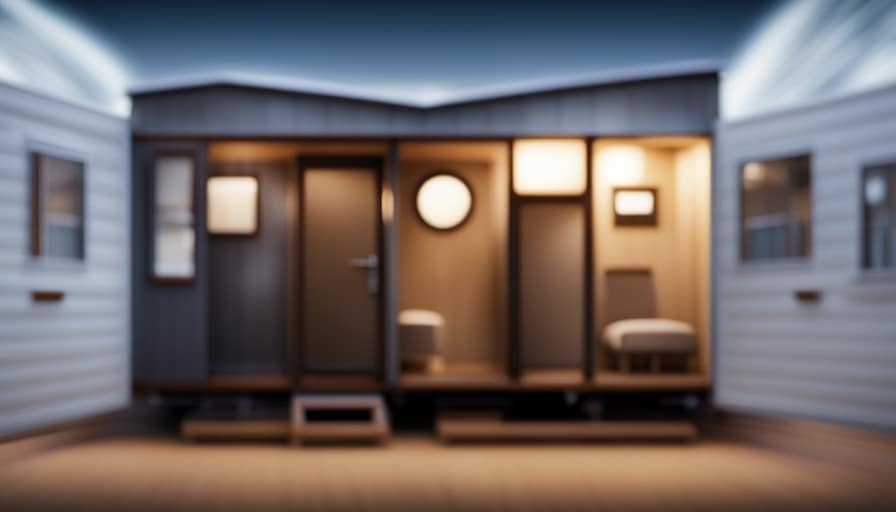
Are There Any Additional Costs Besides the Purchase Price of the Tesla Tiny House?
There may be additional costs associated with owning a Tesla Tiny House, such as maintenance fees for utilities and upkeep. It’s important to factor these expenses into your budget when considering purchasing one.
Can I Take My Tesla Tiny House Off-Grid and Live in It Full-Time?
Yes, you can take your Tesla Tiny House off-grid and live in it full-time. With its sustainable features and solar panels, it’s designed to support off-grid living and promote full-time sustainability.
Conclusion
After all the effort of researching, exploring financing options, contacting Tesla, and customizing your Tesla Tiny House, you finally have the opportunity to finalize the purchase and delivery process.
It’s ironic how something as small as a tiny house can create such a big buzz and excitement. But hey, who needs a traditional home when you can have a tiny one?
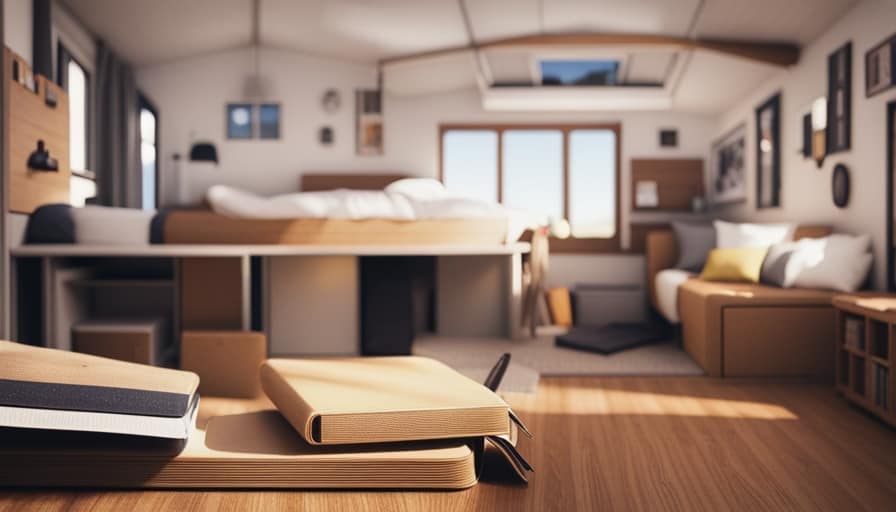
Happy living in your compact, eco-friendly abode!
I’m Theodore, and I love tiny houses. In fact, I’m the author of Tiny House 43, a book about tiny houses that are also tree houses. I think they’re magical places where imaginations can run wild and adventures are just waiting to happen.
While tree houses are often associated with childhood, they can be the perfect adult retreat. They offer a cozy space to relax and unwind, surrounded by nature. And since they’re typically built on stilts or raised platforms, they offer stunning views that traditional homes simply can’t match.
If you’re looking for a unique and romantic getaway, a tree house tiny house might just be the perfect option.

